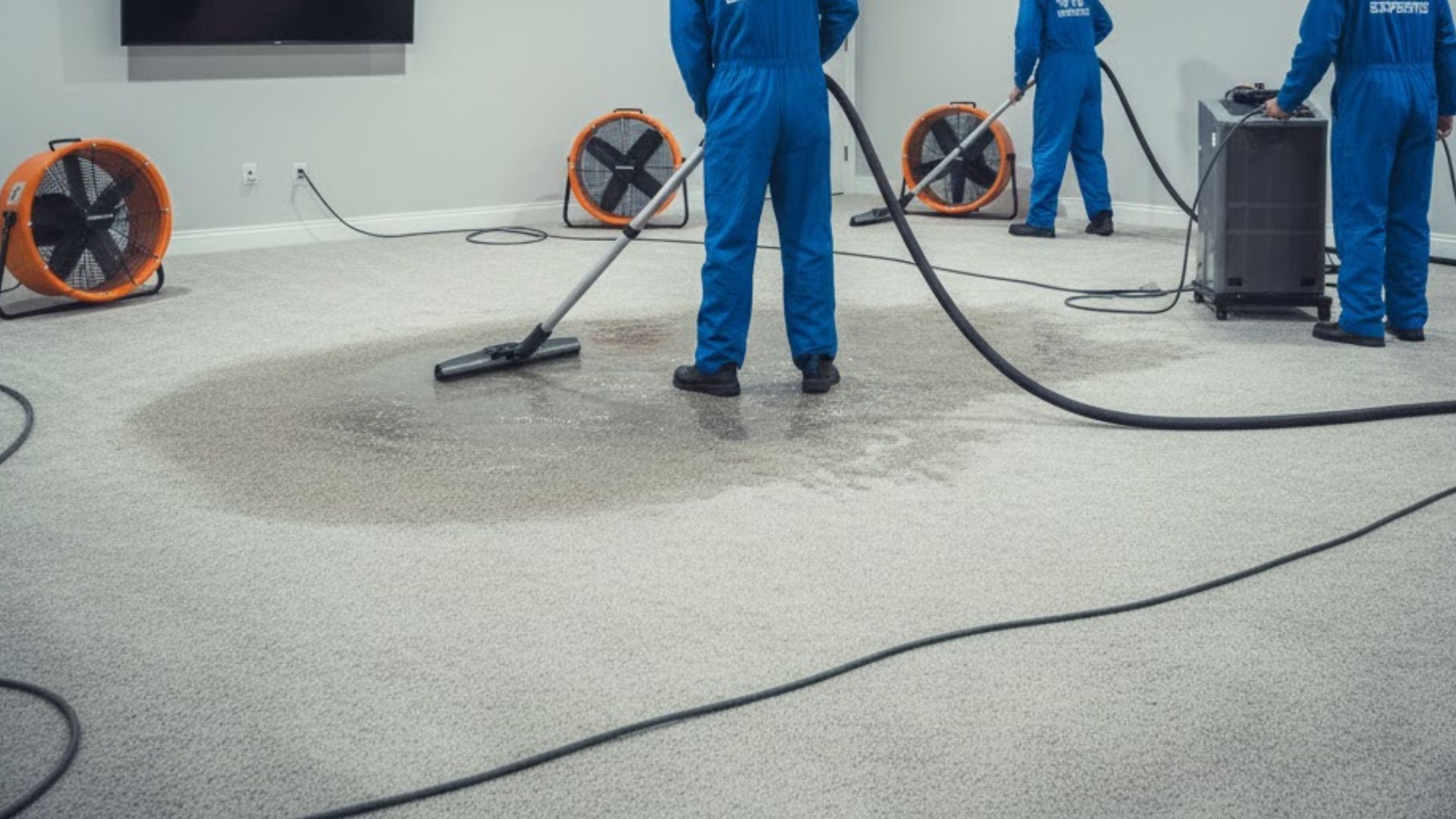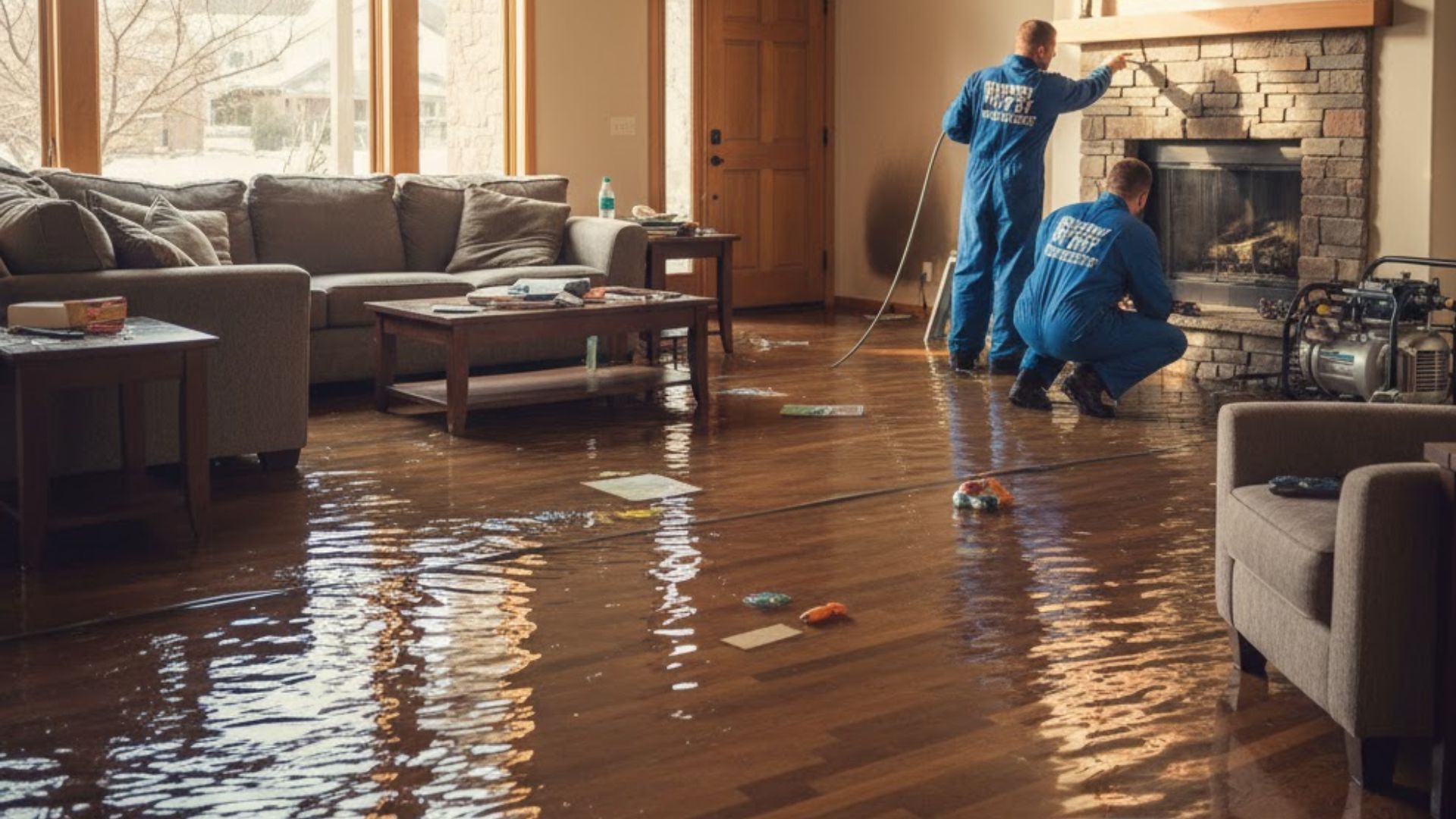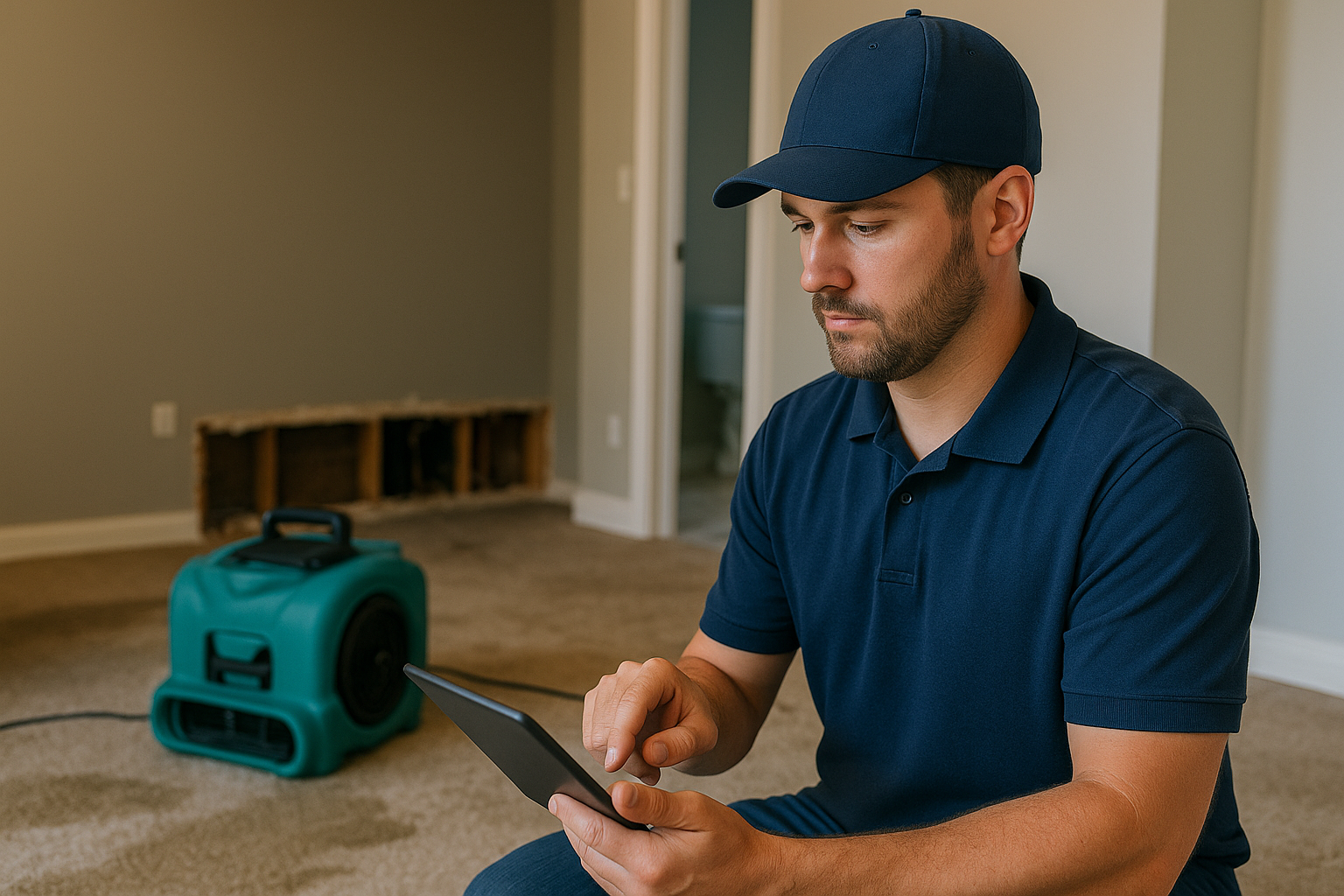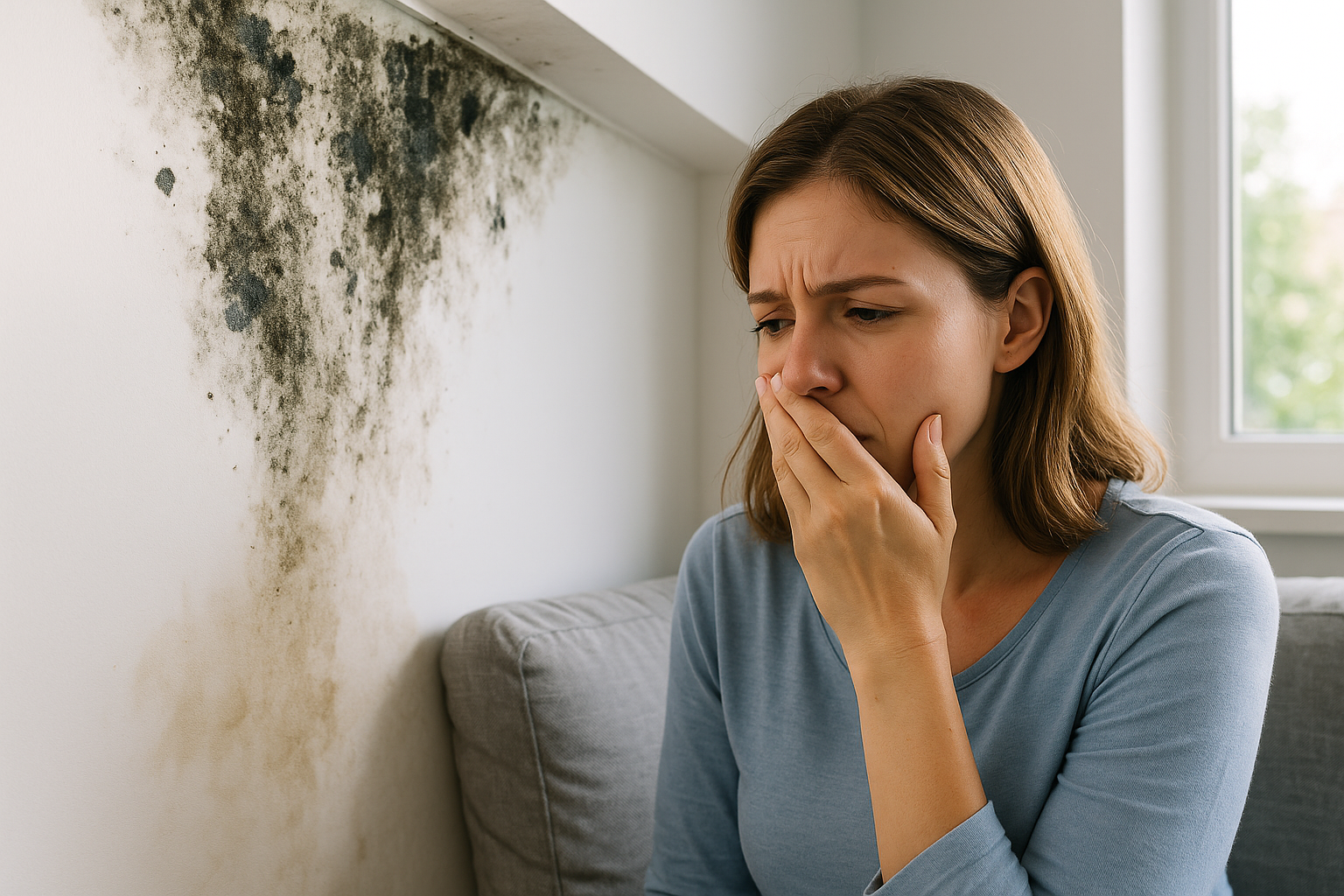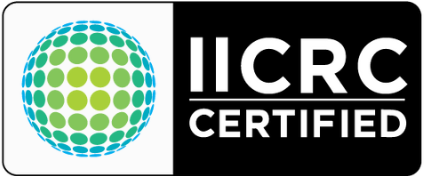Protect Your Home: The Hidden Dangers of Water Damage
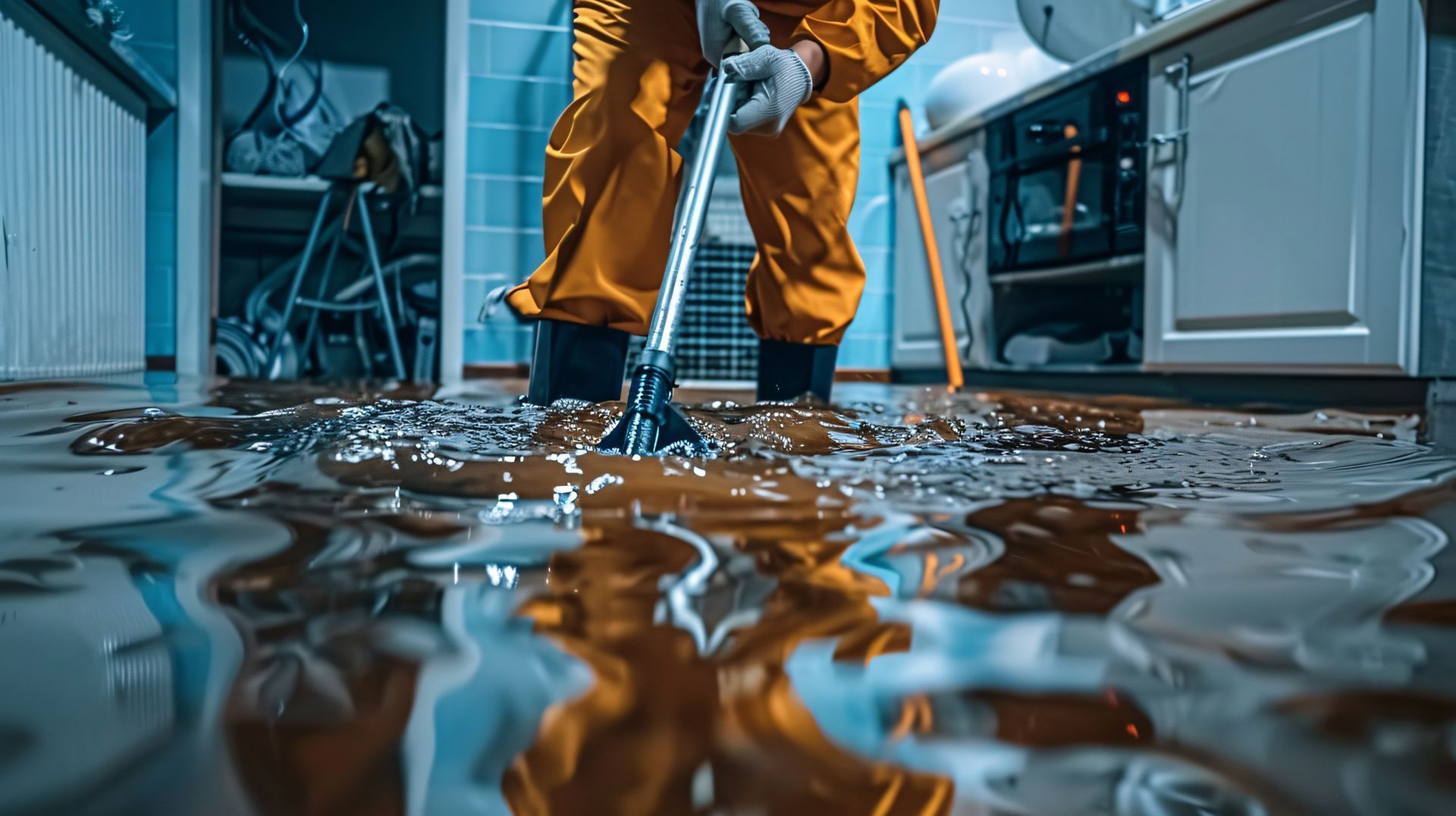
Water damage is a serious threat to the integrity of any home, particularly when it goes untreated. From minor leaks to significant flooding, water can compromise various structural components and create long-term issues if not properly addressed. In Utah, where weather conditions vary widely, effective water damage restoration is critical to maintaining a safe and secure home. For homeowners facing the aftermath of water damage, understanding the importance of professional water damage restoration Utah services can help protect against further structural issues. Here, we break down how water damage impacts the essential parts of your home and what restoration steps are typically involved.
Foundation and Structural Integrity
Water that seeps into a home’s foundation can gradually erode its stability, impacting structural integrity over time. Even a small leak left untreated can lead to major issues, from foundational cracks to uneven floors.
Foundation Weakening
Constant exposure to moisture can weaken the concrete, leading to cracks and instability. Over time, this compromises the entire structure and can result in serious, costly repairs. When the soil surrounding the foundation is waterlogged, it can lead to the settling or shifting of the foundation itself, causing walls to bow or floors to slope.
Load-Bearing Walls
Water seeping into load-bearing walls not only affects their strength but also invites mold growth, which further weakens the walls and creates health hazards. When the drywall or studs that make up load-bearing walls absorb water, it can cause rot, particularly in wooden structures, making the walls unsafe to support upper floors.
Soil Erosion
Water damage also affects the soil around the foundation. When soil erodes, it shifts, placing uneven pressure on the foundation and potentially leading to shifts or fractures in the structure. In areas with fluctuating water tables, continuous water damage can lead to recurring foundational problems, which require underpinning, waterproofing, and soil stabilization measures.
Drywall and Insulation Damage
Drywall and insulation are highly susceptible to water damage, especially when water infiltrates walls and ceilings. When these materials become soaked, they lose their insulating ability and begin to deteriorate, which can lead to mold and structural issues. Learn more about how professionals deal with water damage when you read “Advanced Technology for Water Damage Restoration.”
Drywall Saturation
When drywall absorbs water, it can weaken, bubble, or even collapse if the damage is severe. Professional restoration teams assess whether the drywall can be salvaged or must be replaced, ensuring the wall’s structure is solid. In most cases, waterlogged drywall is replaced to prevent the spread of mold and to restore the integrity of the wall.
Insulation Breakdown
Mold may grow and insulation loses its efficacy when it gets wet. Whether in attics, walls, or ceilings, wet insulation generally needs to be removed and replaced, as it can no longer insulate effectively. The type of insulation—whether fiberglass, foam, or cellulose—determines the best removal and replacement approach. Foam insulation is particularly vulnerable as it retains water, often requiring full replacement to ensure energy efficiency and air quality.
Mold Prevention
Mold can start growing within 24-48 hours of water exposure, so removing soaked drywall and insulation quickly is essential to preventing mold infestations that may require further remediation. Mold remediation may involve drying techniques, chemical treatments, and preventative measures like moisture-resistant insulation, which minimizes mold growth in future water events.
Flooring and Subflooring
Flooring is especially vulnerable to water damage. Whether it’s hardwood, laminate, or tile, any flooring type can be compromised by water, which often reaches subflooring and other unseen areas beneath.
Surface Warping
Hardwood and laminate floors warp and swell when exposed to water, creating uneven surfaces that may require complete removal and replacement. Water-damaged tile floors may also loosen, as water affects the grout and adhesive. Warped flooring not only affects the look but also poses tripping hazards and often results in more significant subfloor issues.
Subfloor Damage
Water that penetrates the surface often soaks into the subfloor, causing it to rot or warp. Damaged subflooring needs to be thoroughly dried or replaced to avoid the risk of structural instability. Moisture left untreated can rot wooden subflooring, weaken nails or adhesives, and lead to extensive structural problems. In some cases, restoration may involve replacing sections of the subfloor and reinforcing support beams for added stability.
Mold in Flooring
Just like with drywall, moisture in subflooring can lead to mold. This often requires specialized treatment to ensure mold does not spread or cause further health problems. Professional restoration may use antimicrobial treatments and specialized drying equipment to eliminate mold and bacteria from subflooring layers.
HVAC and Electrical Systems
Water damage to HVAC and electrical systems can pose severe safety hazards if not promptly addressed. Systems that are compromised by water can lead to electrical fires, malfunctioning appliances, and poor indoor air quality.
Electrical Hazards
Water exposure in electrical systems can cause shorts, corrosion, or complete failure, posing fire and shock risks. A professional inspection will determine if wiring or electrical panels need repair or replacement. Damaged wiring can lead to insulation breakdown, short-circuiting, or hazardous overheating, requiring expert replacement of affected electrical components.
HVAC System Complications
If water enters an HVAC system, it can damage the ductwork and insulation, leading to mold growth and reducing air quality. Components like the furnace and air conditioning units are particularly vulnerable and may need to be inspected and dried or repaired. HVAC restoration can involve cleaning ductwork, removing affected insulation, and re-sealing areas prone to moisture infiltration.
Ventilation and Air Quality
Water in ventilation systems leads to mold and mildew in the ductwork, which spreads spores through the air. Proper cleaning and dehumidification of ducts are essential to maintain a healthy environment. In cases of extensive water damage, replacement of ductwork and HVAC components might be necessary to ensure clean, dry airflow and prevent any recurrence of moisture problems.
Conclusion
Water damage can silently erode a home’s structure, leading to costly repairs and safety risks if left untreated. By understanding how water impacts foundations, walls, floors, and vital systems, homeowners can better recognize the importance of timely restoration. Ensuring your home undergoes professional restoration for water damage safeguards its integrity and provides peace of mind.
Water damage can have serious repercussions for your home, but timely intervention can make all the difference.
All Pro Services offers reliable, professional water damage restoration in Utah, providing a comprehensive approach that prioritizes both structural integrity and safety. With a team of experienced professionals, All Pro Services assesses, repairs, and restores every aspect of water damage. Don’t let hidden water damage compromise your home—reach out to us today
for expert help and secure your property for the future.
About All Pro Services
All Pro Services is the premier restoration and remediation company of Utah. They offer a large variety of services from commercial cleaning and sanitization, restoration, biohazard cleanup and construction services.
Learn more about All Pro Services.

Contact Information:
All Pro Services
7747 Allen Street
Midvale, UT 84047
United States
Roger Rasmussen
(385)855-2252
https://www.allproutah.com


